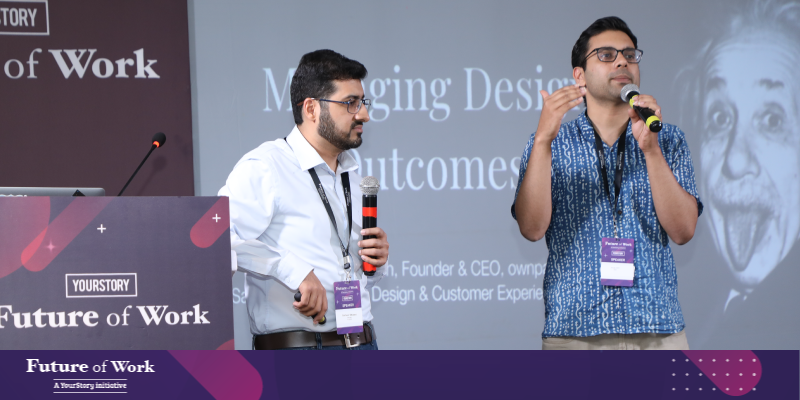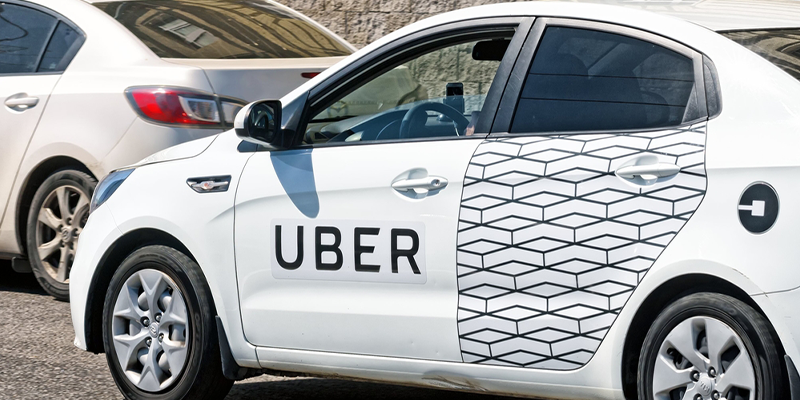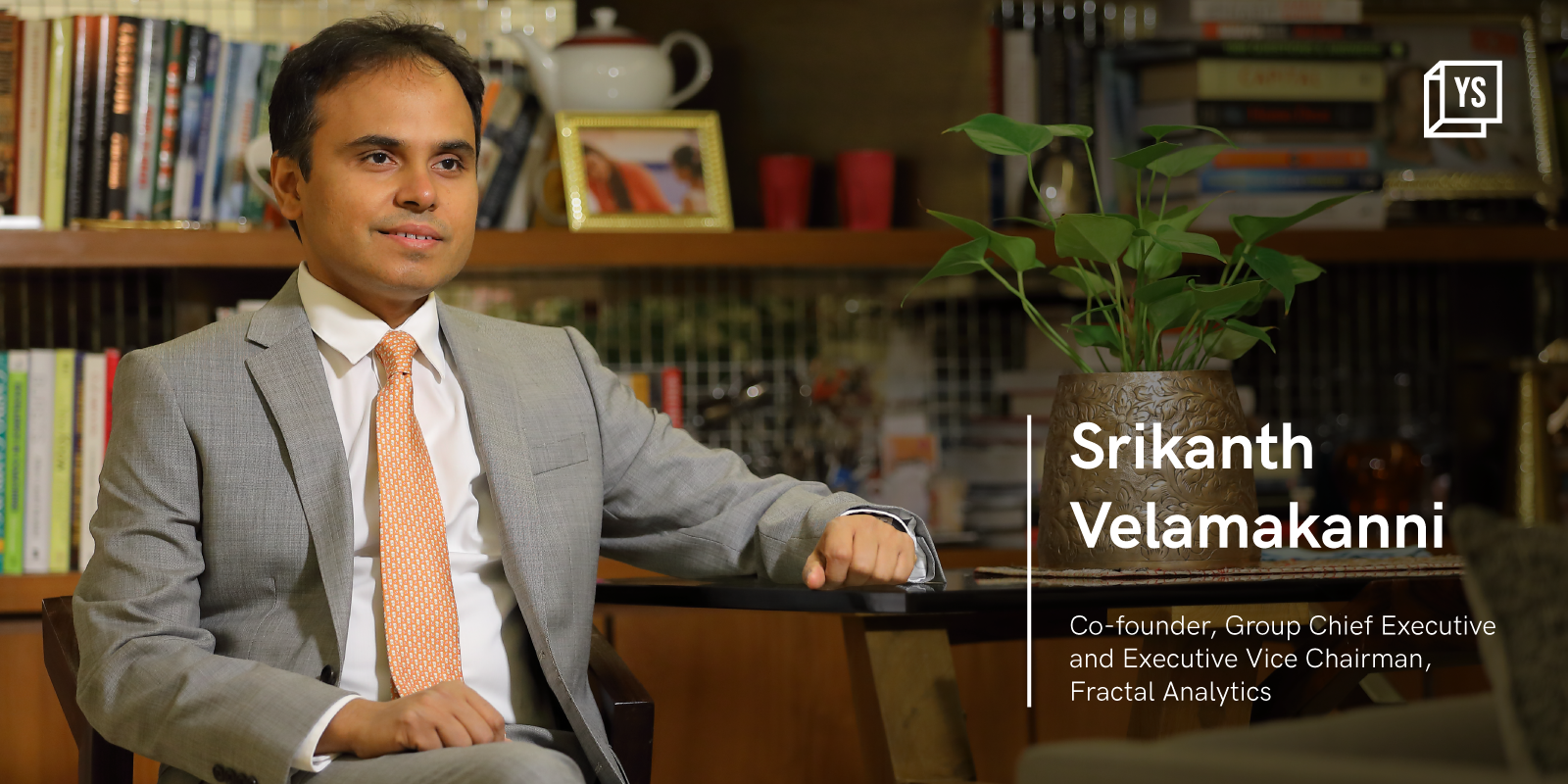Future of Work 2020: Getting better outcomes with better outputs
At Future of Work 2020, Sameer Bhiwani of Scripbox and Shreyas Satish of Ownpath talk about how design can affect both the outcome and the output of a product, but in differing ways.
A road is judged not just by how many potholes it has, but whether its design helps vehicles avoid inconvenient turns and how safe it makes for pedestrians to walk. In other words, design not just influences the outcome of the creation, but also its actionable consequences. And what creators need to understand is that the success of a design can only be measured by how the final product can effect change.
Sameer Bhiwani, Vice President – Design and Customer Experience, Scripbox, and Shreyas Satish, Founder and CEO, Ownpath, came together to discuss the importance of outcomes at YourStory’s Managing Design Outcomes: Your Missing Skill Set workshop at Future of Work 2020 conference.

Shreyas Satish and Sameer Bhiwani at FoW 2020
Through their interaction with the audience, the duo talked about the different aspects of how design influences the outcome of any output, and how one can work to better the outcome, rather than the output.
“As engineers and designers, we really love building things. We like designing things. And when we're writing code or building prototypes, we get a sense of flow,” Shreyas said. “So now your sense of validation comes from achieving a particular outcome versus you producing a particular output.”
As the discussion was open to the audience, several participants came forward with their experiences of how the outcomes of their products were very different from what they had envisioned. One of the product designers explains how her team works by defining the metrics, and how the success of the project is measured on their basis. “This way, we constantly go back and see how we can improve,” she pointed.
“The essential thing we're trying to say is that outcome is greater than output,” explained Sameer. “You might ship something perfectly on time, within budget with quality, but if it is not meeting the business outcome, then you've kind of wasted your time.”
Sameer delved into the topic by talking about three ways by which one can improve the outcomes – asking the right questions, designing the future, and getting buy-in. Through various and relevant examples, he explained how each of these aspects can help focus on the outcomes of any design.
He cited the example of Elon Musk’s SpaceX.
“Every output they want to work on is geared towards the outcome. Whether that's building reusable rockets or refuelling during the orbit, or making propellant on Mars – everything is there for a reason and the reason is that final outcome,” he explained.
Shreyas talked about the problems he faced during his first job, where he was assigned the task of building a city information centre. The system allowed citizens to report municipal or local issues like the presence of potholes, broken pipes, clogged sewer mains, etc., and a report was submitted to the central government agencies.

“When we took this report to appeal to PwC or BBMP, government agencies, as it turns out, do not want things to be transparent,” Shreyas stressed. “They do not want to be told by citizens what is broken, and what they need to be worked on. There's so much difference between the outcome and the output of what happened in reality.”
By the end of the session, both Shreyas and Sameer hoped that they had imparted a better understanding of outputs and outcomes, where the priorities of the design should lie and how design can both prove to be a bane or boon.
(Edited by Kanishk Singh)
A big shout out to our Future of Work 2020 Sponsors: Alibaba Cloud, Larksuite, Vodafone Idea Limited, Gojek, Adobe, Udaan, Pocket Aces, Junglee Games, Sharechat, Open, VestaSpace Technology, Maharashtra State Innovation Society, Kristal.AI and GetToWork; and our Knowledge Partner: Ascend Harvard Business Review













